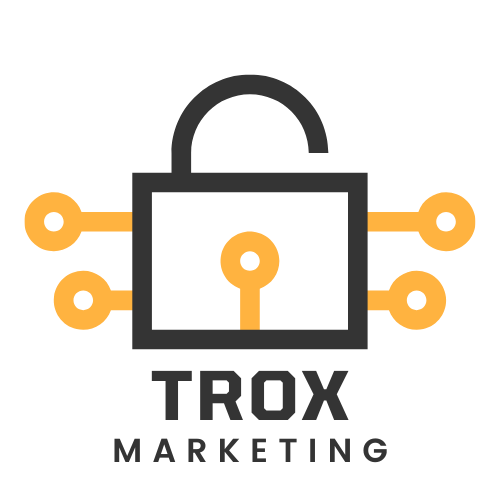
What is zero-party data (ZPD) and how is it different from 1st and 3rd-party data? Why is all this data even collected and how is it leveraged? Data collection and the privacy surrounding it has been a focal discussion for the past few years. Accurate and clean data can mean the difference between a great marketing campaign or a misguided one. In order to start collecting data on your customers, you need to understand the different types of data collection.
3rd-Party Data
3rd-party data is the old standard of data collection. It involves a company or agency buying data from data aggregators or advertising companies. Think Google and Meta. These companies have profited greatly from gathering data on billions of users. The problem with this type of data collection is it can be gathered without the users’ consent. With a privacy-first mentally becoming prevalent in marketing, brands are needing to find new and more consensual ways to gather data. Google announced they would be discontinuing 3rd party cookies by the end of 2024. However, they have since backtracked on this. The point is, 3rd-party data is dying and your brand should not rely solely on it for future success.
1st-Party Data
This type of data collection involves collecting data from users straight from the brand. Through interactions with their website, app, CRM, etc. Adding in consent to this data type allows for an effective way for brands to collect accurate data. This data can’t be taken away like it can for 3rd-party data. Why? because it’s owned by the brand and not a 3rd-party. Leveraging data on how your customers’ interact with your brand is essential for segmenting audiences. Which will lead to more personalized marketing to each user.
0-Party Data
Zero-party data is the most attributable and accurate data a brand can receive. The big difference here is that this data is provided voluntarily to brands. In the form of surveys, questionnaires, polls, etc. If done correctly, a brand can get invaluable information about purchase intent or preferences that they can use in their marketing strategies. For example, a shoe brand could send users a survey asking their shoe size, favorite color and their level of importance in sustainable materials. They could offer a discount to their users for providing this information. A win-win for the brand and the customer.
At the end of the day, brands need to be able to leverage all 3 of these types of data collection to get a full picture of their audience. At Trox Marketing, we know the importance of these data types and are seasoned in being able to measure their impact.
